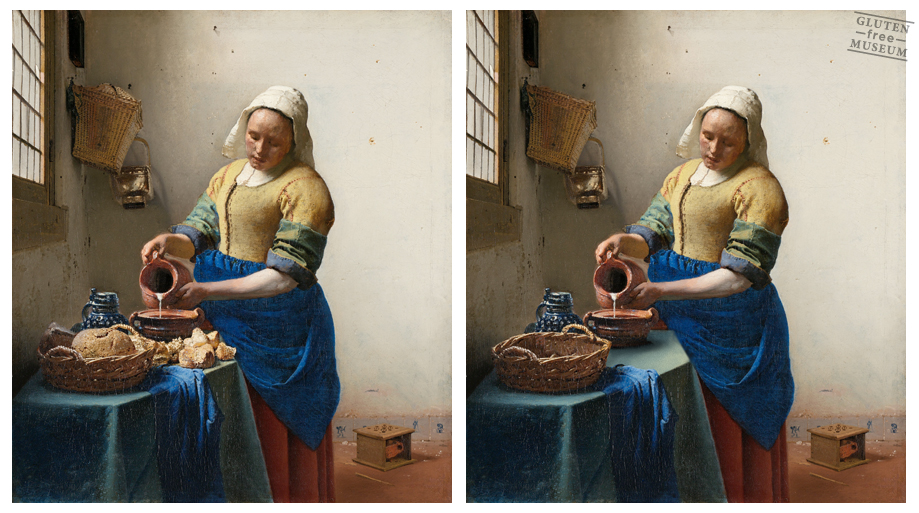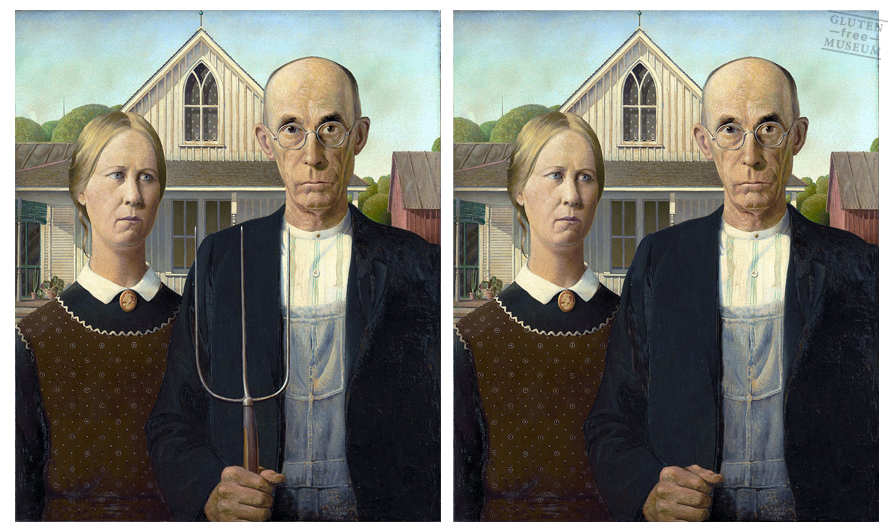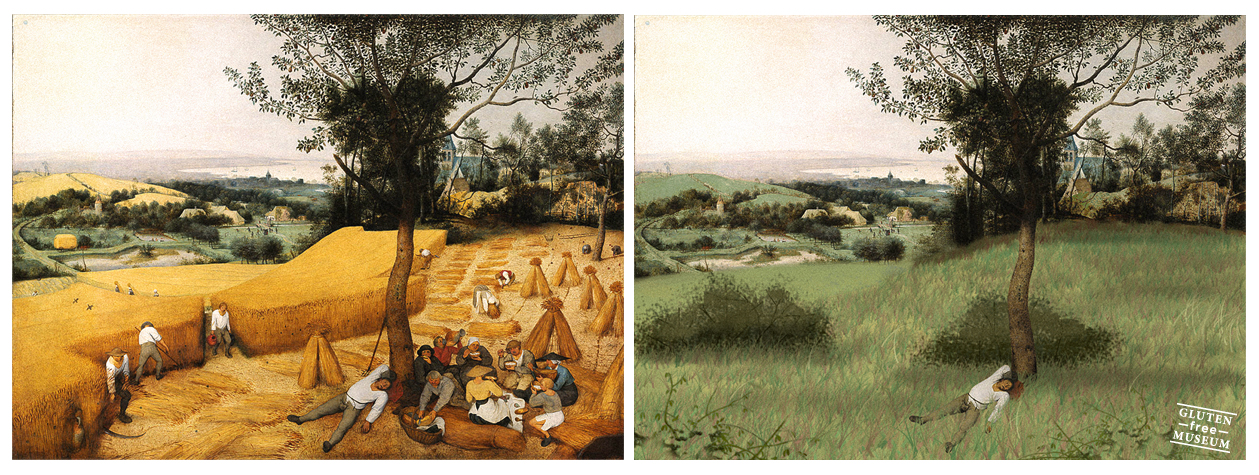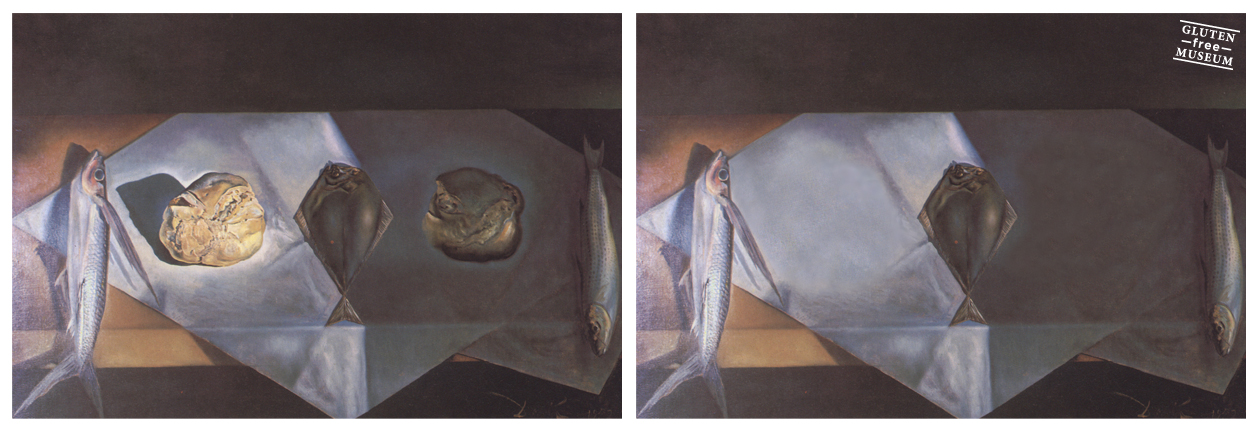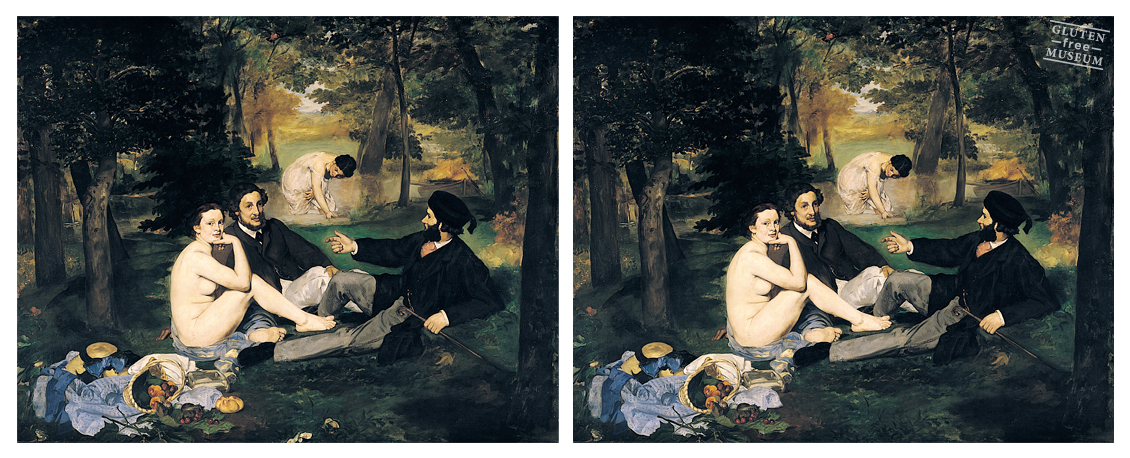After every terrible tragedy in the West, we expect celebrities to weigh in. And they do, with comments insightful and heartfelt, appalling and boorish, perfunctory and banal. Often, the larger the public profile, the more self-serving the soundbite. One take in particular has provoked sneers and ridicule: Bono—who paid respects with his band at music venue Le Bataclan—told an interviewer, “this is the first direct hit on music we’ve had in this so-called War on Terror.” Twitterati, the Commentariat, and, well, folks, did not take kindly to the statement, with many pointing out an earlier “hit on music” in February and accusing U2’s frontman of making the monstrous attacks on the Paris music venue about himself.
One can understand the sentiment, without excusing the verbiage. Le Bataclan—scene of what has rightly been called a “bloodbath”—has occupied a significant place in pop music history since it started booking rock bands in the 1970s; and it has hosted famous musicians and singers—like Edith Piaf—since its opening in 1864. It does not minimize the tremendous pain of the horrific murder of 89 Eagles of Death Metal fans this past Friday to say that the assault has also deeply disturbed musicians and music fans worldwide.
Grief leads us to remembrance, and we can memorialize le Bataclan (named after the French operetta Ba-ta-clan) for its long history before last Friday’s horror. One of the most historic concerts there occurred in 1972, when John Cale reunited with his former Velvet Underground bandmates Lou Reed and Nico for acoustic renditions of “Heroin,” “The Black Angel’s Death Song,” and “Femme Fatale.” We covered that concert in a previous post. See it again at the top of this one. The following year, a band at the height of its career—or the first phase of it anyway—graced le Bataclan’s stage before going on to blow minds at London’s Shepperton Studios. Just above, see the Peter Gabriel-fronted Genesis play “The Musical Box,” “Supper’s Ready,” “Return of the Giant Hogweed,” and “The Knife.”
Too many others to name have played le Bataclan through the years—from Prince (who jammed out Zeppelin’s “Whole Lotta Love”) to Oasis. Perhaps one of the most moving performances the venue hosted came from Jeff Buckley in 1995, whose concert there was released as a live album the following year. Buckley sang his medley of Edith Piaf’s “Je N’en Connais Pas La Fin/Hymne A L’Amour” (above)—in hindsight an especially poignant rendition two years before his untimely death. “By the time Buckley switches over to French,” writes Allmusic, “the crowd erupts at the end of every phrase, catching him off guard with their enthusiasm.” He ended the show with the nearly 10-minute version of Leonard Cohen’s “Hallelujah” below, a song he became known for and that serves as well as any other as a tribute to le Bataclan in these dark days of mourning, war, and retribution. “Love is not a victory march,” sings Buckley, his voice cracking, “It’s a cold and it’s a broken Hallelujah.”
Related Content:
Watch Genesis (from the Peter Gabriel Era) Perform in a Glorious, 1973 Restored Concert Film
Lou Reed, John Cale & Nico Reunite, Play Acoustic Velvet Underground Songs on French TV, 1972
Édith Piaf’s Moving Performance of ‘La Vie en Rose’ on French TV, 1954
Josh Jones is a writer and musician based in Durham, NC. Follow him at @jdmagness
